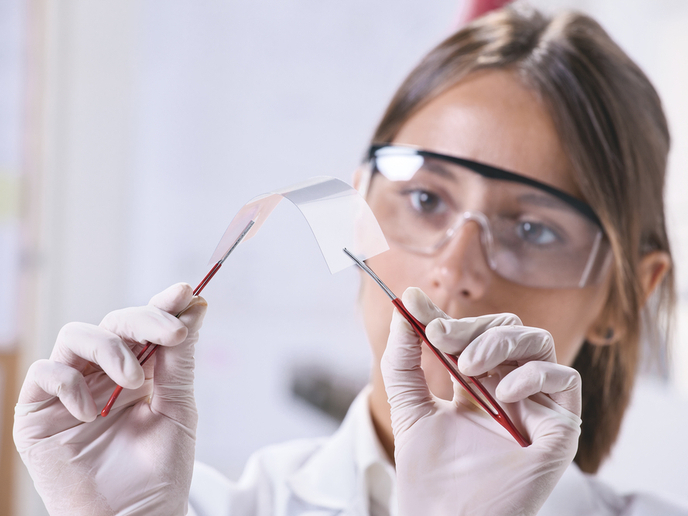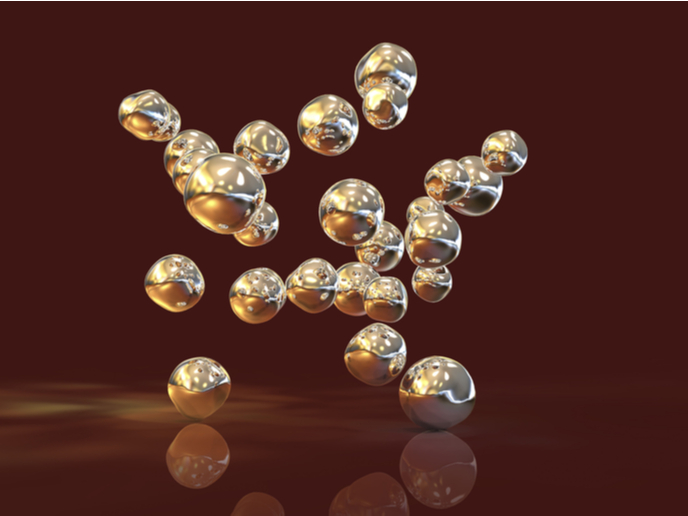Tunable 2D materials confirm a Nobel Prize-winning theory
Heterostructures are stacks of 2D sheets of graphene and other crystals. These can be bound to 3D substrates by van der Waals (vdW) forces to create novel materials with exceptional electrochemical properties. The 2DMAT4ENERGY project, hosted at the University of Manchester, set out to engineer vdW heterostructures of 2D materials with tunable electrochemical properties, a promising avenue for renewable energy applications. The research was undertaken with the support of the Marie Skłodowska-Curie Actions programme. “The electrochemical potential of vdWs has not been fully exploited yet, partly because electrochemists rarely use the methods employed by solid-state physicists, who have dominated the world of 2D materials,” explains 2DMAT4ENERGY project coordinator Matěj Velický.
Marcus-Hush theory
The project conducted a series of experimental measurements to fill in some of the knowledge gaps remaining in the fundamental science of 2D materials. To do so, electron-beam lithography was used to fabricate an electron tunnelling vdW heterostructure of hexagonal boron nitride and graphite. “This provided experimental proof of the predictions of the Nobel Prize-winning Marcus-Hush theory of electron transfer – which were unverified at the time. This was an exhilarating career high, as the theory is one of the pillars of modern electrochemistry,” notes Velický. The project also achieved a breakthrough in the preparation of centimetre-sized tiles of monolayer molybdenum disulfide (MoS2) on gold substrates, held together by strong vdW forces. Using Raman spectroscopy, X-ray photoelectron spectroscopy, and electrochemistry, the team demonstrated that the electronic properties of MoS2 can be effectively tuned by the underlying gold. Conversely, the surface chemistry of the gold is altered by the subnanometre-thick MoS2. “These characteristics could lead to heterostructures useful for electrode modification, super capacitive energy storage, and sensing applications,” adds Velický. “This would help renewable energy devices store energy for an on-demand supply of electricity, compensating for the intermittent nature of renewables, such as wind or solar.”
Stress tests
The most difficult aspect of the project was to understand the impact of external stimuli such as electric field and mechanical strain on the heterostructures. Manipulating this impact allows engineers to ‘tune’ the heterostructures’ properties according to need, making them exploitable for applications. In the experiments, the team employed electrochemical electrolyte gating, an efficient way to control electrical charge in a material, allowing them to alter the heterostructure’s electronic and optical properties. Mechanical strain was investigated both by engineering a substrate with suitable tension (created by a deliberate lattice mismatch between the substrate and 2D materials) and by bending the support on which the 2D materials were resting. Results have already been adopted by labs around the world. Velický adds, “Longer term, some of this research could accelerate the miniaturisation of energy storage and sensing to microscale and nanoscale for more portable, personalised and sustainable technologies.” The team is currently continuing to focus on tuning 2D substrate materials for electrocatalytic applications, such as the hydrogen evolution and oxygen reduction reactions used in fuel cells.
Keywords
2DMAT4ENERGY, nano, graphene, van der Waals, heterostructure, renewable energy, electrocatalytic, Marcus-Hush, Nobel, electrochemistry







